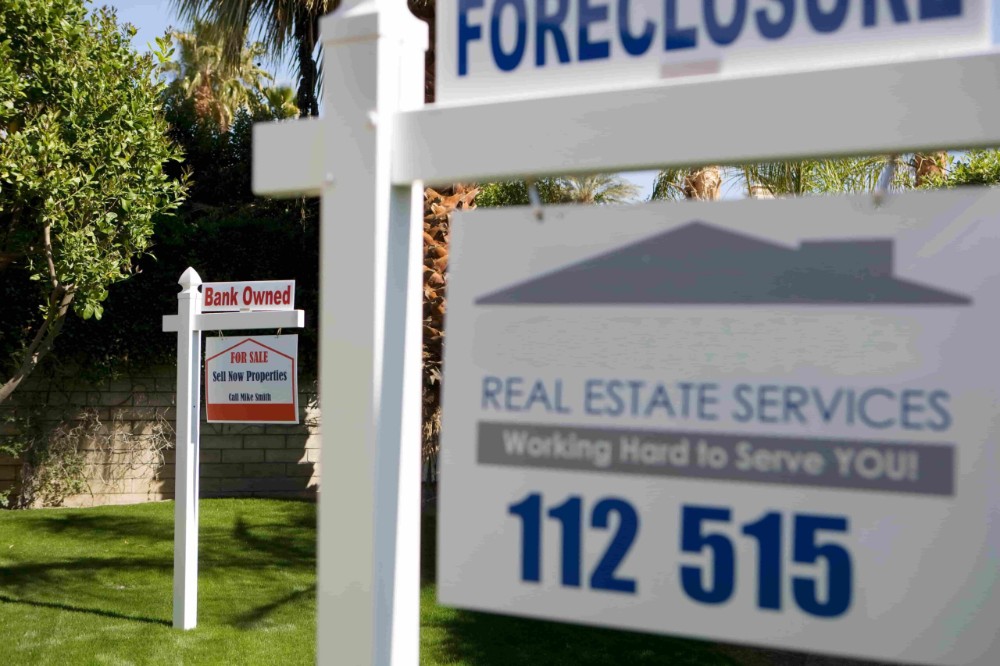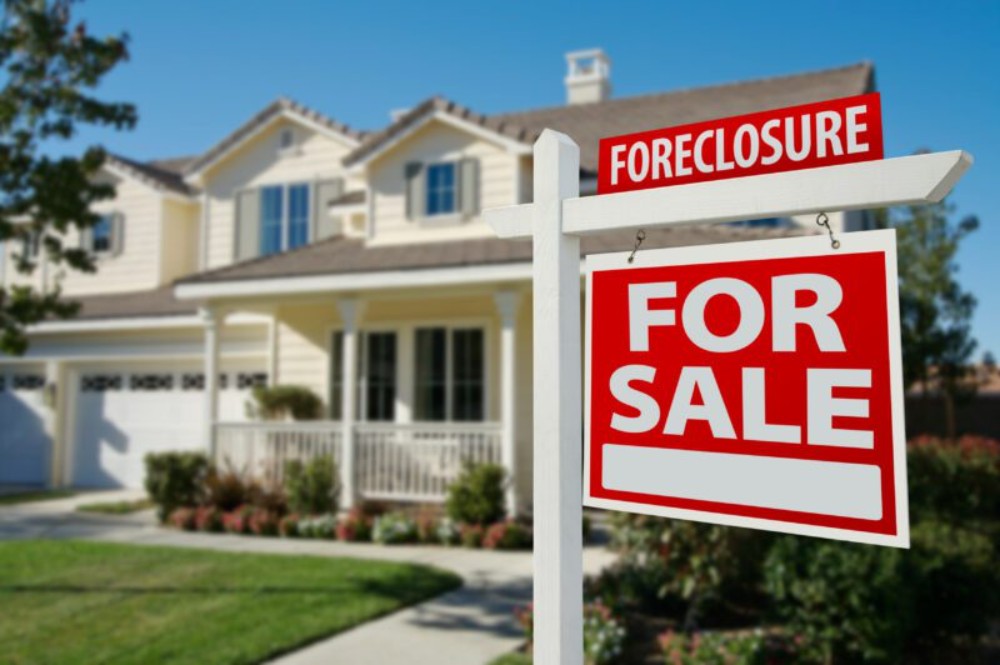
What is Foreclosure?
Purchasing a home has rarely been a simple process, but over the years, inflation and rising interest rates have made the process of buying a house even more challenging. One option is to purchase a foreclosed property, which can mean that prospective homeowners can purchase more expensive houses in better neighborhoods for a far lower purchase price than they could normally get. However, buying a foreclosed property can come with its own set of pitfalls. Therefore, it’s important to understand what foreclosure is and how the process works.
What does foreclosure mean?
Most people buying a home don’t pay the full purchase price. Instead, they put down a percentage (often 20%) and then borrow the rest of the money from a bank or mortgage company based on the equity value of the house called a “home equity loan.” The home buyer is responsible for making regular on-time payments to the lender. Since the amount of money lent to the prospective buyer is based on the home’s total value, the property is considered collateral for the loan. When the homeowner falls behind on the payments or defaults on the loan entirely, the bank or mortgage lender has the right to foreclose. This means the lender can force a sale of the property in order to recoup the rest of the outstanding loan amount.
The right of foreclosure arises from the mortgage or loan contract. The foreclosure process generally begins at default, and it is customary for the lender to send a missed payment notice to the borrower. Missing two payments might cause the lender to send a demand letter, which is more serious. However, it is still possible that the borrower and lender could set up an arrangement where the payments can be made up (perhaps with interest), and no further action needs to be taken. If no arrangement is made, the lender can take steps to take ownership of the property and start the foreclosure process. The procedure–often called the pre-foreclosure process–can vary from state to state and can take a considerable amount of time, often years. The time required for foreclosure is to encourage lenders to work with borrowers to catch up on payments, and a foreclosure sale of the property is sometimes inevitable. In these cases, the property goes up for sale to repay the loan and can often result in a great deal for someone else.

How does foreclosure work?
Foreclosures are split into two types: judicial foreclosure and nonjudicial foreclosure. The state laws governing the property can determine which method is chosen. If a state allows a lender to take ownership of a property and force a sale without going to court, the foreclosure process is considered a nonjudicial foreclosure. Otherwise, the lender must go through the courts and file a lawsuit to start the foreclosure process. This is called a judicial foreclosure. The lender must usually wait for a certain time period before beginning the foreclosure process, but this can vary from state to state. Either way, almost all states require that the borrower be properly notified of the foreclosure proceedings, usually by mail.
In cases of judicial foreclosure, the homeowner receives a copy of the complaint or petition and usually has 30 days to respond to the lawsuit. Failure to respond in a timely fashion can result in the court granting a judgment of foreclosure to the lender. In cases of a nonjudicial foreclosure, the lender or a legal representative completes certain steps like mailing a default notice to the local records office or mailing the record of any sale to the borrower. In some states, these two steps might be combined into one. The property is then prepared for public auction, with announcements made on certain websites and publications so prospective buyers know about the upcoming sale of the property.
A foreclosure auction can be live and held in a county building or held online. In a live auction, one foreclosed property is auctioned off at a time, while an online auction might last for days or weeks. The auction procedure can also vary. In an absolute auction, the highest bid wins automatically. The seller can set a minimum acceptable bid for potential buyers; the property will not be sold if that minimum is not met. And in a reserve bid auction, the seller can reject the highest bid if it’s deemed inadequate in some way.
Parties Involved in a Home Loan
The key parties involved in foreclosures are:
- The Borrower: Also called the mortgagor, this is often the homeowner who has defaulted
- The lender. The lender can be a bank or mortgage company. The lender is often known as the mortgagee.
- The investor. An investor can buy loans from lenders and supervise the auction or foreclosure of the property.
- The servicer. This is a third party that manages mortgage payments for a fee. In addition to collecting and processing payments, the servicer can begin the foreclosure process in cases of default.
In conclusion, foreclosures can be a great way to cheaply purchase a home. To make sure you have the right help during the process, contact us today!
